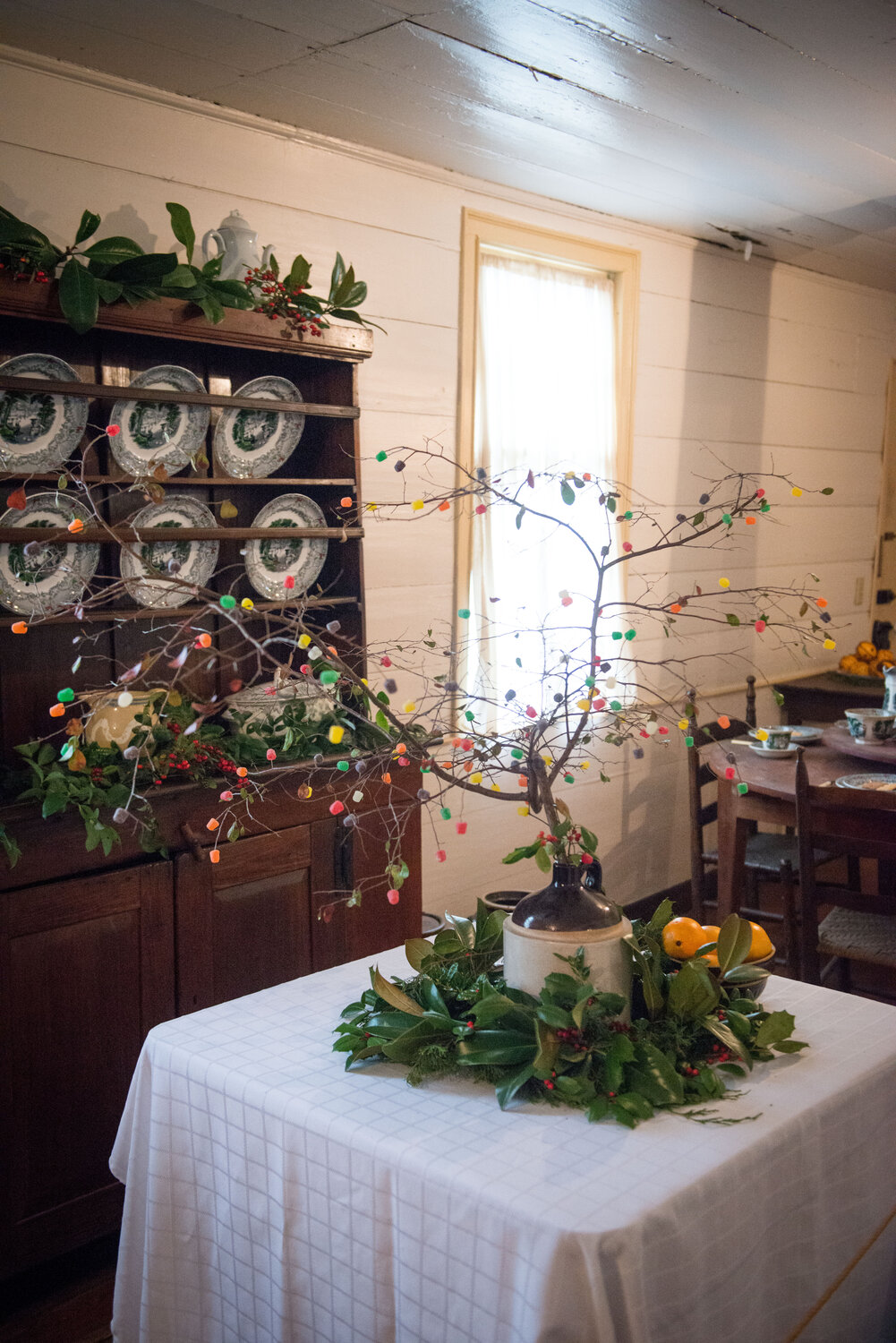Antebellum Christmas traditions in Lexington
Christmas traditions in pre-1860 Lexington were a little different than what they are today.
This item is available in full to subscribers.
Subscribe to continue reading. Already a subscriber? Sign in
Get 50% of all subscriptions for a limited time. Subscribe today.
Please log in to continueNeed an account?
|
Antebellum Christmas traditions in Lexington
Christmas traditions in pre-1860 Lexington were a little different than what they are today.
For farming families, late-December was a time for cleaning up after the harvest and preparing for the rest of the season. They had an abundance of food supplies on hand and the smokehouses were stocked with freshly smoked ham, sausage, and other pork products. The livestock was well-fed and ready to be butchered. They would most likely have had some extra money in hand from selling their marketable crops and livestock. They would have bought luxuries such as sugar, coffee, spices, oranges, and coconuts for use in the holiday feast.
December days were also good for clearing new fields and for cleaning up brush along fence rows. This provided kindling and wood for fires and also trimmings of greenery such as holly. Bonfires were common at Christmas time, as the days were short and farmers burned excess brush. Europeans also celebrated Christmas with bonfires as a way of dispelling the darkness and welcoming the Christ Child. Also common on Christmas Eve was the firing of shotguns. This tradition is mentioned in Edwin Scott’s “Random Recollections of a Long Life,” originally published in 1884 but reflecting on memories from the 1820s-30s. This tradition was later continued into the 20th century, with shooting off fireworks or firecrackers.
Families would visit each other during the season and since traveling even short distances was very difficult, the visits would often last several days. These days and nights would be filled with feasting, gathering around the fire, and general merriment in each others’ company.
Trees were common decorations in homes, as they were the European symbol of life. Cedar trees were popular as were red-berried holly trees. They would have been brought into the house on Christmas Eve and decorated with small candles, strings of beads or popcorn, and gingerbread men. Often thorny bushes or sparkleberry branches were cut and decorated by affixing candied fruit onto their points. This practice has evolved into creating gumdrop trees. Gingerbread cookies in all kinds of meaningful shapes were often given as gifts to family, friends and acquaintances. The pinnacle of the celebration of Christmas for most Christians would have been attending Midnight Christmas Eve services at their church.
That night, the children would have hung their stockings (socks) from the mantle of the fireplace. They would awaken the next morning to gifts. These gifts mostly consisted of fruit, cookies, homemade gifts or small toys that could fit into the stockings. Other small gifts may have been placed in and around the tree branches.
J.R. Fennell has served as director of the Lexington County Museum since 2007. He holds a master’s degree in public history and a certificate of museum management from the University of South Carolina.
Other items that may interest you







Comments
No comments on this item Please log in to comment by clicking here